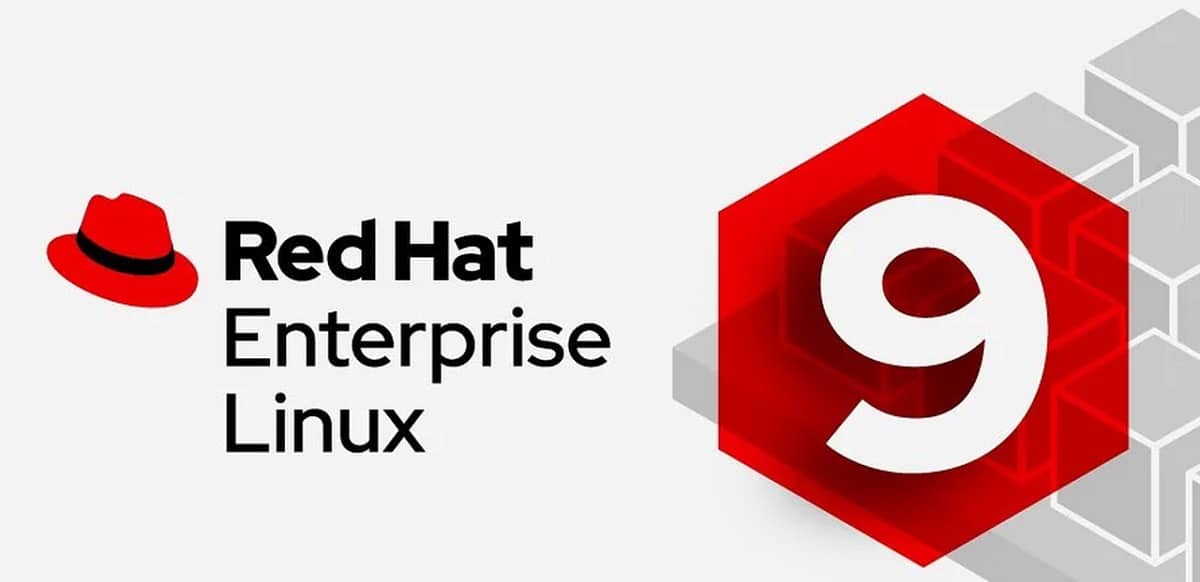
Red Hat officially introduced version 9 of its Linux distribution "Red Hat Enterprise Linux" (RHEL), codenamed Plow.
This version aims to implement features and functionalities without being too different from its previous versions. Red Hat Enterprise Linux 9 is designed to drive business transformation in step with changing market forces and customer demands in a distributed, automated computing world. The platform will be generally available in the coming weeks.
Version 9 is the first major release since IBM's acquisition of Red Hat closed in July 2019. RHEL 8.0 was released two months earlier. It's also the first major release of an enterprise distribution since Red Hat rebranded its free CentOS enterprise distribution as RHEL upstream instead of a rebuild of it.
What's New in Red Hat Enterprise Linux 9
Red Hat Enterprise Linux 9.0 arrives with kernel 5.14, systemd 249, Python 3.9, PHP 8, and GCC 11.2. Includes a web console based on the Cockpit project, which now supports live patching of the running kernel using the kpatch tool. There is also a set of tools for container management, based on the upstream toolbx project.
Flatpak is still a primarily focused format on the desktop, unlike Ubuntu's Snap format which, in our opinion, is intended for both the desktop and the server. Since most RHEL 9 deployments will likely be on servers, containers will be more important for application deployment. The new version brings significant changes to container managements, including version 2 of cgroups and the use of crun as the default container runtime.
Besides it, It is also noted that significantly improved SELinux performance and reduced memory consumption. Removed support for setting "SELINUX=disabled" to disable SELinux in /etc/selinux/config (specified setting now only disables policy loading, and in fact disabling SELinux functionality now requires passing "selinux=0" to the kernel).
It is also highlighted that added support for precise time synchronization based on the NTS protocol (Network Time Security), which uses elements of a public key infrastructure (PKI) and allows the use of TLS and authenticated encryption AEAD (Authenticated Encryption with Associated Data) for the cryptographic protection of client-server interaction over the NTP protocol ( Network Time Protocol). The chrony NTP server has been updated to version 4.1.
Red Hat Enterprise Linux 9 too highlights Red Hat's efforts to deliver key features of the operating system as services, starting with a new image service. Building on the existing functionality of the base platform, this service supports imaging for custom file systems and leading cloud providers and virtualization technologies, including AWS, Google Cloud, Microsoft Azure, and VMware.
Red Hat and AWS have worked together for more than a decade to run Red Hat Enterprise Linux-based workloads on AWS instances that use ARM-designed Graviton processors. The integration of Red Hat Enterprise Linux 9 with AWS Graviton processors helps optimize price performance for a wide range of cloud workloads running on Amazon Elastic Compute Cloud (Amazon EC2).
Red Hat Enterprise Linux 9 continues Red Hat's commitment to providing a Hardened Linux platform capable of handling the most sensitive workloads, combining innovation with extensive security capabilities. Red Hat Enterprise Linux subscriptions also include access to Red Hat Insights, Red Hat's ongoing, proactive scanning service to detect and remediate potential vulnerability and configuration issues while optimizing resource utilization and hybrid cloud subscriptions.
Red Hat Enterprise Linux 9 also features integrity measurement architecture digital signatures and hashes (IMA). With the integrity measurement architecture, users can verify the integrity of the operating system using digital signatures and hashes. This helps detect malicious changes to the infrastructure, making it easier to limit the possibility of systems being compromised. Further supporting enterprise choice of architectures and environments through an open hybrid cloud, Red Hat Enterprise Linux 9 will be available on the IBM Cloud and also complements the key security features and capabilities of IBM Power Systems and IBM Z.
Besides that, also supports live kernel patching from the Red Hat Enterprise Linux web console, further automating how IT organizations can perform critical tasks at scale. IT operations teams can apply updates to large distributed system deployments without having to access command line tools, making it easy to troubleshoot production-impacting issues from the central data center to multiple clouds, including the perimeter.
Finally, if you are interested in knowing more about it, you can consult the details In the following link.